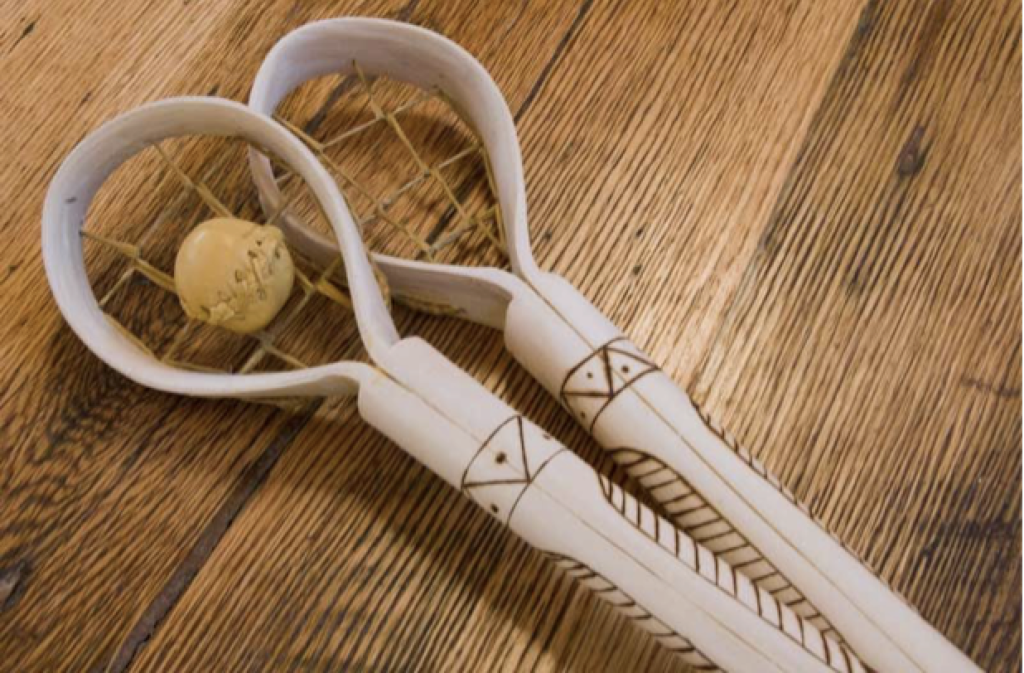
4th Grade – Native American Culture: Early Inhabitants Arts and Culture Curriculum
Overview:
Fourth grade students will learn about the early inhabitants of Claremore. This program will meet fourth grade Oklahoma Academic Standards in English Language Arts, Visual Arts, Music, and Social Studies. The showcase artifact for this specific program will be the Cherokee Law Books of 1895.
Summary:
The artifacts fourth grade classes will focus on for this specific program will be the Cherokee Law Books from 1895, images of the exhibit and artifacts will be provided. These artifacts were chosen for this program because fourth grade students are required to learn about Native American Culture and this artifact coincides with Cherokee culture. Educational artifacts that coincide with the subject matter will be provided for object-based learning. Students will learn parts of the Cherokee language, specifically numbers and greetings. Each student will learn about the calligraphy of the Cherokee language as an art form. The understanding of games and traditions in the Cherokee culture will be explored through video content via SmartBoard.
90 Minute Program BREAKDOWN:
10 minutes: Welcome and Introduction
What is the MoH? What are we learning about today?
15 minutes: Stickball/Cherokee traditions
- Watch the History of Stickball (Cherokee Nation Education) from youtube via SmartBoard. Discuss other games.
- Clasroom discussion on the importance of the showcase artifacts, Cherokee Law Books from 1895 and Early Inhabitants exhibit at the MoH.
15 minutes: Object-based Learning
- Introduce educational artifacts.
Traditional Cherokee Stickball sticks
Cherokee baskets
The importance of Cherokee resources, like copper
Ceramic examples
20 minutes: Cherokee Calligraphy
Understanding language as an art form
Who is Sequoyah?
Cherokee Numbers 1-10
Cherokee Greetings and Words
30 minutes: Volunteer Cherokee Nation Collaborators
We will seek a volunteer collaborator from the Cherokee Nation to present and teach on arts and culture.
Supplies
Cherokee Educational Artifact collection
Markers and Crayons
Pencils
Paper
OKLAHOMA ACADEMIC STANDARDS ACHIEVED
ELA (English Language Arts)
4.1.R.1 Students will actively listen and speak clearly using appropriate discussion rules.
4.1.R.2 Students will ask and answer questions to seek help, get information, or clarify information presented orally through text or other media to gain understanding.
4.1.R.3 Students will engage in collaborative discussions about appropriate topics and texts, expressing their own ideas clearly while building on the ideas of others in pairs, diverse groups, and whole class settings.
4.2.PC Students will correctly form letters in print and cursive and use appropriate spacing for letters, words, and sentences.
4.2.PWS.1 Students will use their combined knowledge of letter-sound correspondences, syllable patterns, morphology and semantics to accurately read unfamiliar words, including multisyllabic words.
4.2.W.4 Students will use resources to find correct spellings of words (e.g., word wall, vocabulary notebook, print and electronic dictionaries and spell-check)
4.4.R.3 Students will use context clues to determine the meaning of words or distinguish among multiple-meaning words.
4.4.R.5 Students will use a dictionary or glossary (print and/or electronic) to determine or clarify the meanings, syllabication, and pronunciation of words.
4.4.W.1 Students will use domain-appropriate vocabulary to communicate ideas in writing.
4.6.R.1 Students will use their own viable research 4.6.W.1 questions to nd information about a specific topic.
4.6.R.2
Students will use graphic features including photos,
illustrations, captions, titles, labels, headings, subheadings, italics,
sidebars, charts,
graphs, and legends to interpret a text.
4.6.R.3 Students will determine the relevance and reliability of the information gathered.
GENERAL MUSIC
STANDARD 2: Music History and Culture: “Connecting”
The student recognizes the development of music from an historical and cultural perspective..
4.2.1 Sing or play a variety of folk, ethnic, classical, and contemporary musical pieces.
4.2.2 Listen and describe music from a variety of styles, periods, and cultures, including European, Native American, African American, Hispanic, and Asian.
4.2.3 Identify music and instruments from different cultures. (e.g., bagpipes, wooden flute, koto, and panpipes).
4.2.4 Recognize and practice appropriate audience or performer behavior appropriate for the context and style of music performed.
4.2.5 Demonstrate respect for music performed by others.
4.2.6 Identify and describe the various roles musicians have in various musical settings and cultures.
4.2.7 Identify uses of music in everyday life
SOCIAL STUDIES
STANDARD 2: The student will examin Native American groups and European explorations and settlements impacting the development of the major regions of the United States.
4.2.1 Identify the major Native American groups and their ways of life in each region including traditional housing and economic activities, customs and storytelling, viewpoints on land usage and ownership, and their contributions to American culture and history.
VISUAL ARTS
STANDARD 3: Visual Art Expression: “Creating”
The student will observe, select, and utilize a variety of ideas and subject matter in creating original works of art.
4.3.1 Create original visual artworks using a variety materials, techniques, and sources for ideas.
STANDARD 4: Visual Art Appreciation: “Connecting”
The student will appreciate and utilize visual art to make interdisciplinary connections and informed aesthetic decisions.
4.4.4 Make learning connections between visual art and other disciplines, such as mathematics, science, ELA, social studies, and media arts.
